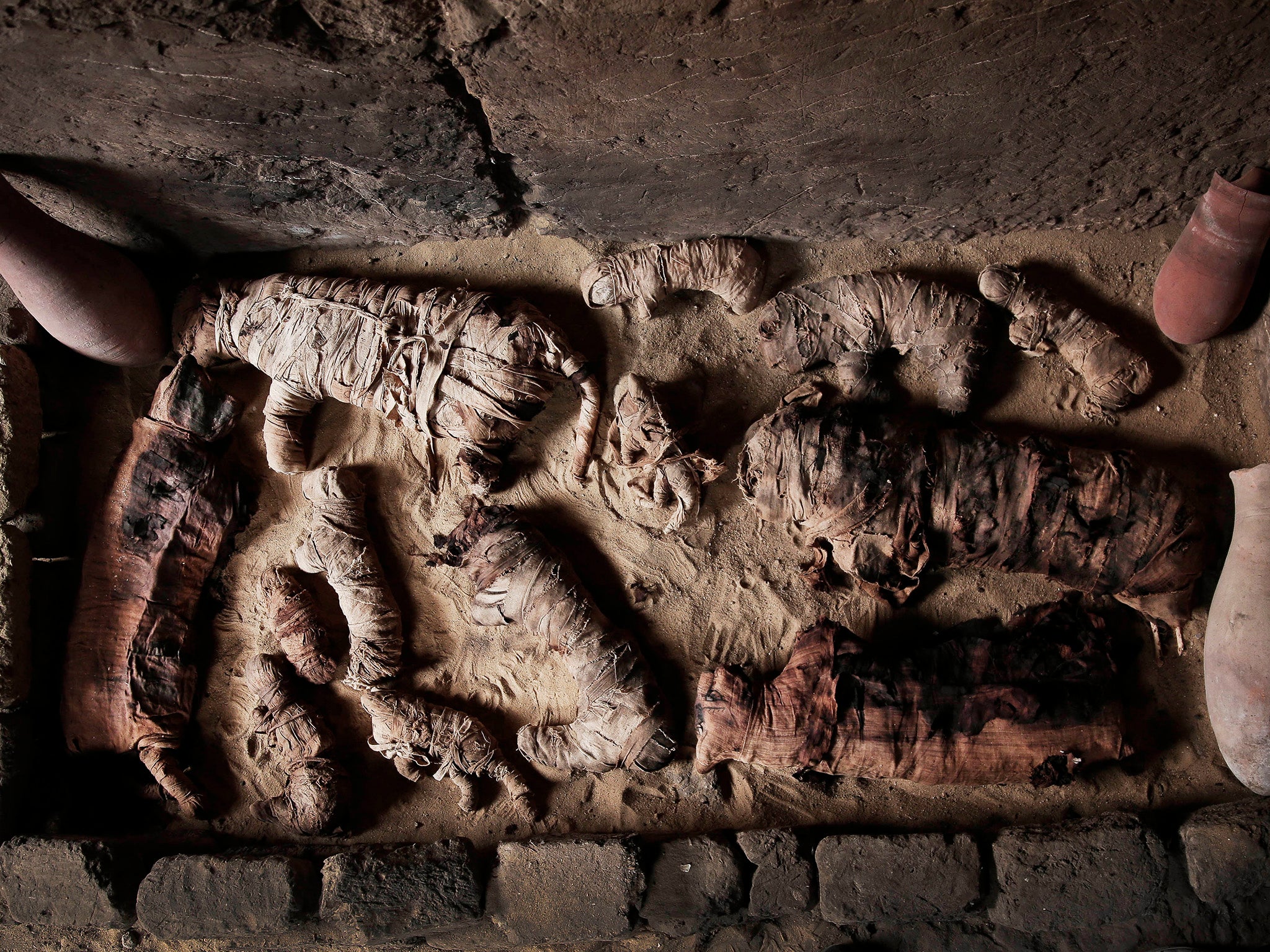When people hear the term “mummy,” they often conjure images of cheesy horror films from the past featuring reanimated corpses swathed in what appears to be toilet paper. However, humans were not the sole subjects of Ancient Egyptian mummification practices. Animal mummification was prevalent from around 800 BCE to 400 CE, encompassing a diverse array of creatures. These included cats, dogs, bulls, crocodiles, birds, and even hippos!
There were four main types of animal mummies in Ancient Egypt:
Food for the deceased in the hereafter
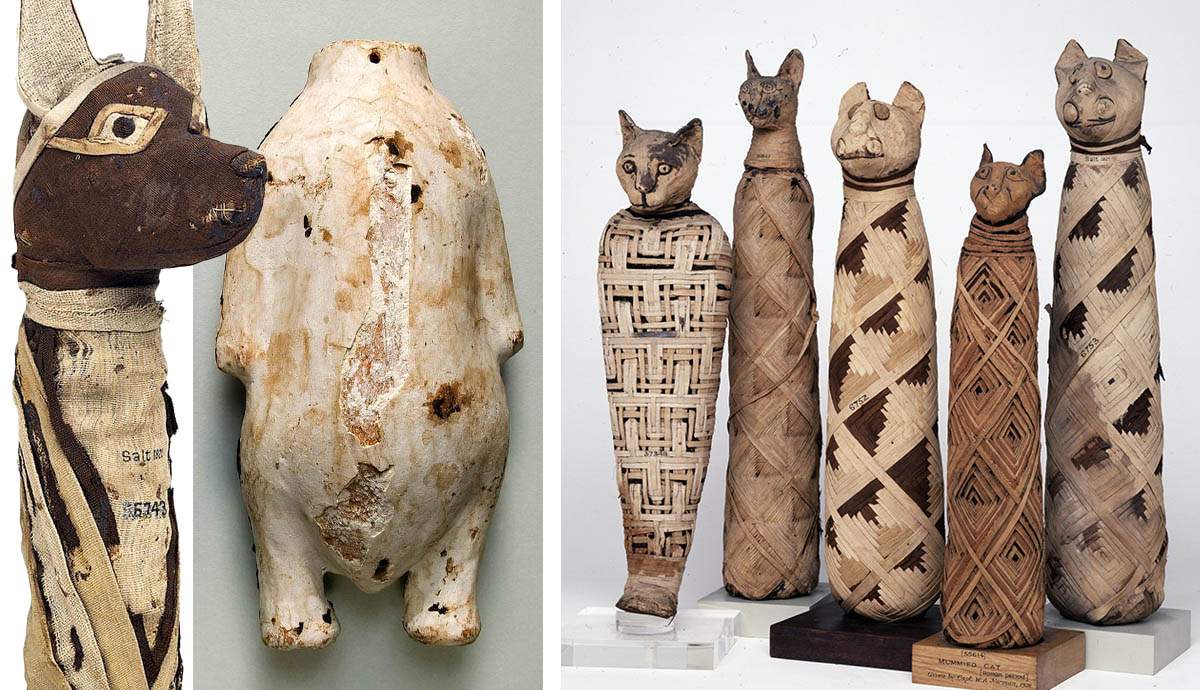
Ancient Egyptians held a belief that the afterlife mirrored their earthly existence, and as such, they anticipated or hoped for a continuation of familiar activities and pleasures in the next world. This included engaging in recreational pursuits like playing with toys, riding chariots, and hunting, as well as the enjoyment of food.
In preparation for the afterlife, Egyptians often included various items in tombs to ensure the deceased would have everything they needed. Among these offerings were mummified animals, which were believed to provide sustenance in the afterlife. By placing mummified animals in tombs, Egyptians sought to ensure that the deceased would have companionship and sustenance for their journey into the next world.
Thus, the presence of mummified animals in tombs served a dual purpose: to provide companionship and to fulfill the deceased’s desire for familiar activities and pleasures, including the enjoyment of food, in the afterlife.
Cult Animals
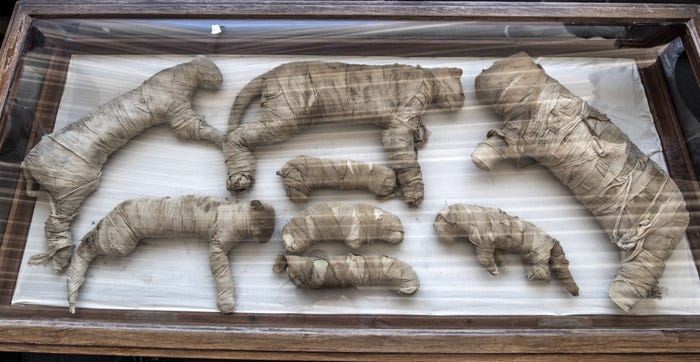
Indeed, animal worship and reverence played a significant role in Ancient Egyptian religion and culture. Certain animals were believed to embody the spirits of gods or were associated with specific deities, contributing to their elevated status within the Egyptian pantheon.
Bull cults were among the most prominent, with bulls symbolizing strength and fertility. The Apis bull, for example, was associated with the god Ptah in Memphis and was considered a manifestation of the deity on Earth.
Crocodiles were also held in high regard, particularly in areas where they were prevalent, such as the Nile River. The behavior of crocodiles, including where they built their nests, was observed closely, as it was believed to provide insight into the annual flooding of the Nile, a vital event for Egyptian agriculture.
Baboons were associated with Ra, the sun god, due to their habit of facing eastward and vocalizing at dawn. Their behavior was interpreted as aiding Ra in his daily journey across the sky.
The sacred ibis, characterized by its distinctive crescent moon-shaped beak, was linked to Thoth, the god of wisdom, writing, and knowledge. Thoth was often depicted with the head of an ibis, emphasizing the connection between the deity and the bird.
These associations underscored the deep spiritual connection that Ancient Egyptians felt towards animals, viewing them not only as earthly creatures but also as vessels for divine energy and manifestations of the gods themselves.
Pets of the deceased
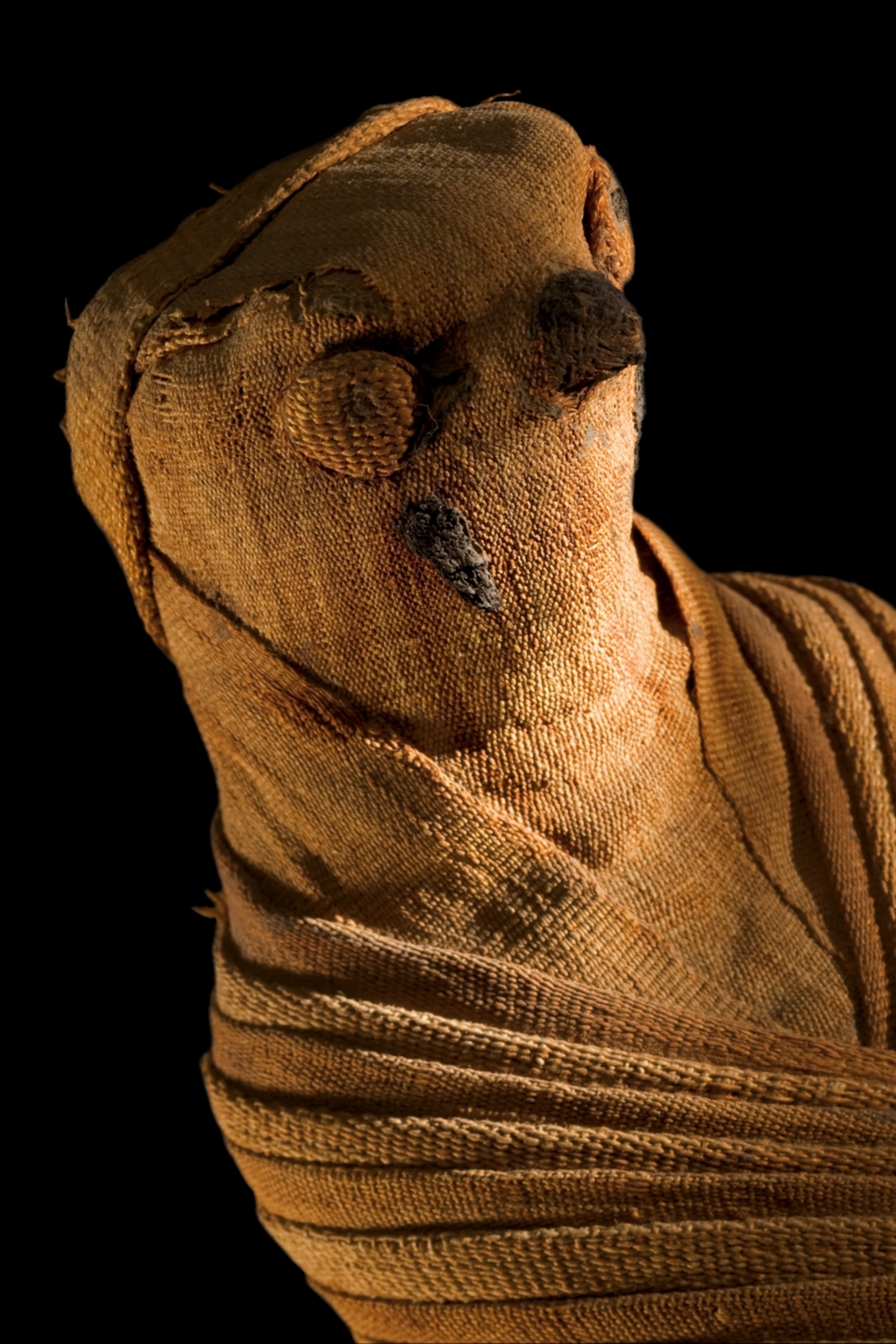
The fate of the pets of Ancient Egyptians in the afterlife remains a topic of debate among historians and archaeologists. While some evidence suggests that pets may have been killed to accompany their owners into the afterlife, it’s also plausible that they were allowed to live out their natural lives and were mummified after death to join their owners in the next world.
The idea of being reunited with beloved pets in the afterlife resonates with many people today, reflecting a deep emotional bond between humans and animals. Just as you envision spending eternity with your cats Co-Co, Norman, and Bowzer, Ancient Egyptians likely harbored similar desires to be reunited with their cherished animal companions in the afterlife.
The notion of a heavenly realm where one can be surrounded by loved ones, both human and animal, enjoying familiar comforts and activities, is a comforting thought shared by many across cultures and throughout history.
Votive offerings
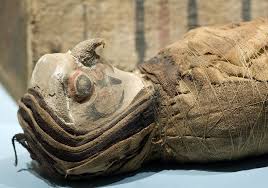
The concept of votive offerings in Ancient Egypt indeed bears similarities to the lighting of candles in modern religious practices. These offerings, which could include desiccated animal corpses like crocodiles, were not considered divine themselves but rather served as tokens of reverence and supplication to the gods.
While it may seem peculiar to offer a dried-up dead cat to honor a feline-headed deity like Bast, such offerings were made with the belief that they would please the gods and garner their favor. The Egyptian pantheon encompassed a diverse array of deities, each with their own attributes, personalities, and preferences, which may have been perceived as enigmatic or even capricious to human observers.
Animal votive offerings were believed to carry prayers and petitions to the gods, acting as intermediaries between humans and the divine realm. This added significance imbued these offerings with a potent symbolic power, amplifying the efficacy of the prayers they conveyed.
The scale of animal mummification in Ancient Egypt was indeed vast, as evidenced by the staggering number of mummies unearthed at sites like Saqqara. The sheer volume of animal mummies produced underscores the importance of votive offerings in Egyptian religious practice and the extent to which they permeated all levels of society throughout the empire.








